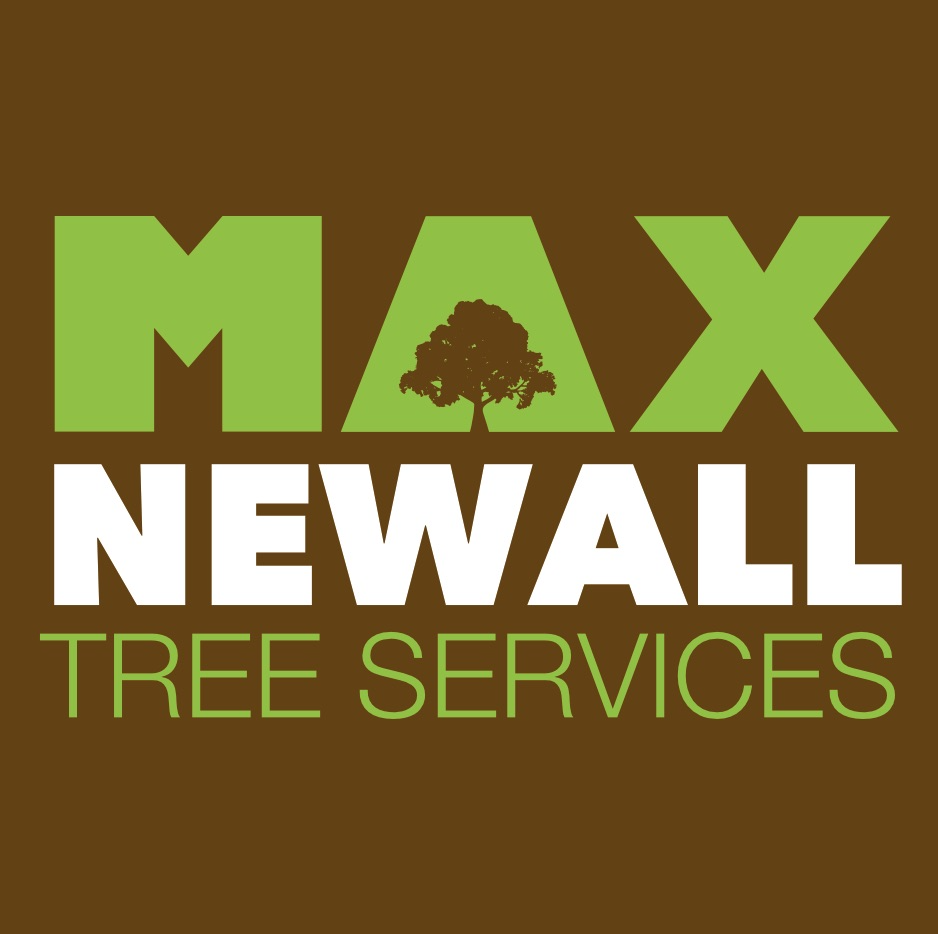
Tree surgery
“We offer the full range of services from construction site clearance and preparation through to domestic work, such as tree and hedge pruning, tree removal and stump grinding.
Our team have an extensive knowledge and skill set and are happy to assist with any enquiries.”
Tree surgery
We offer the full range of tree and hedge pruning services.
A few example of the methods we use, and an explanation of the process:
Crown lifting – removing lower branches to raise the crown (the fullest part) of the tree.
Crown Reduction – reducing the overall size of the tree while still retaining the tree’s natural crown shape.
Crown thinning – removing the inner small secondary branches to reduce the density of the tree’s crown. This can be done for several reasons, such as to allow more light through, to reduce the sail of the tree or alleviate the weight or stress on larger branches.
Crown clean – the removal of dead, dying and diseased wood. This can also include the removal of Ivy if required.
Dead wooding – removing dead wood only. This is most often done for safety reasons but it has the added benefit of improving the overall aesthetics of your trees.
Pollarding – Not always recommended as this can cause tree to become stressed, but if the only alternative is tree removal, this can be the more preferable option. Pollarding is a method of pruning which dates back to medieval times. The purpose of pollarding is to keep trees at a desired height and size by regularly removing growth from the tree.
Coppicing – cutting back a tree to almost ground level. This is ideally redone every 3 – 5 years, depending on the tree’s rate of growth. This should only be done with certain species of trees, the most common being Hazel.

